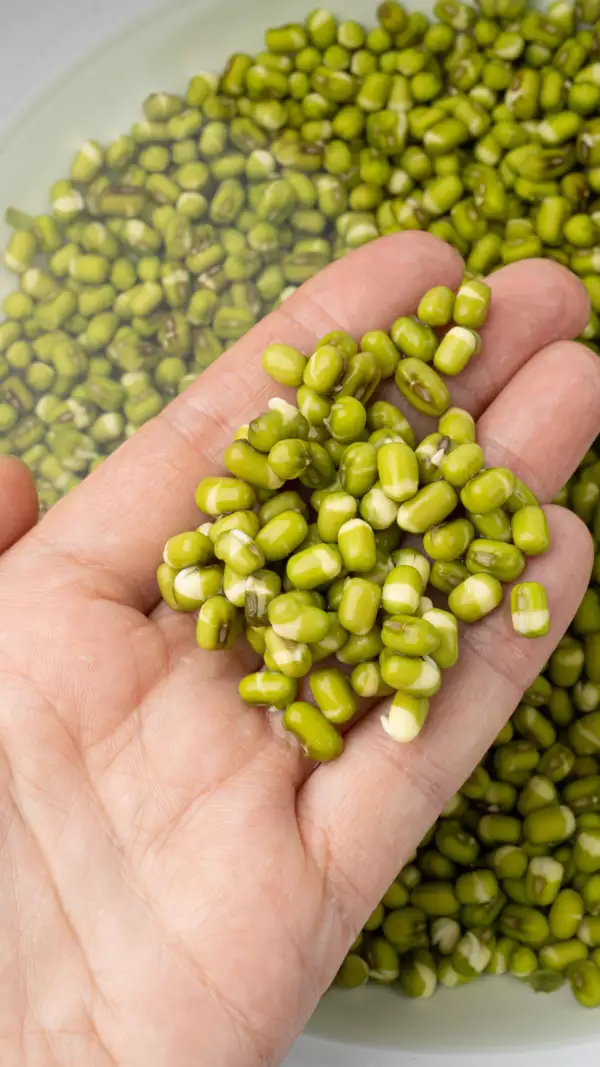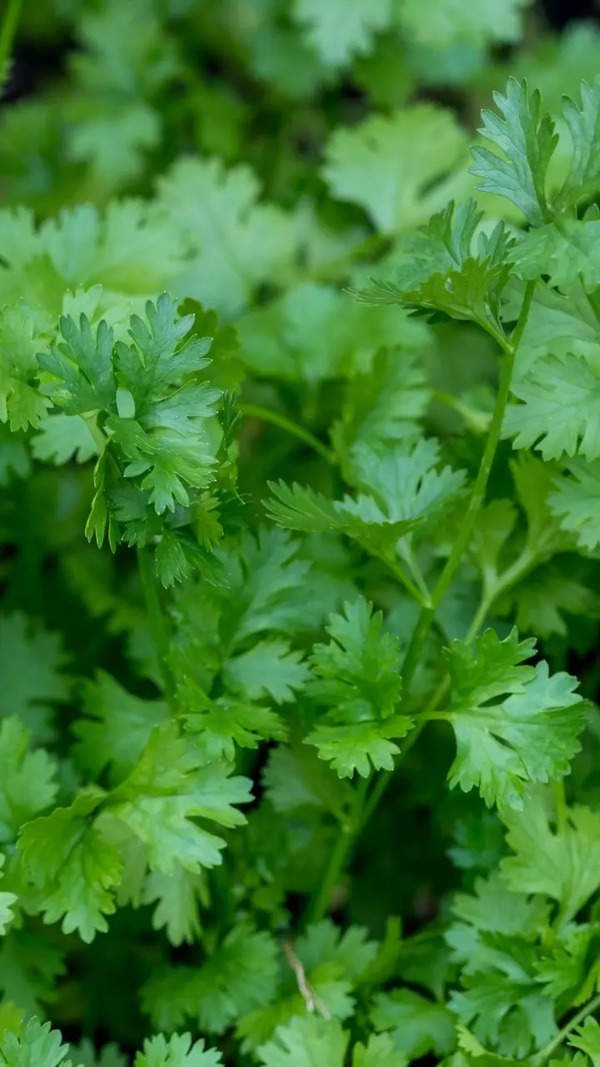- News
- India News
- 'Immune system’s first line of defence consists of diverse WBCs'
Trending
This story is from November 23, 2020
'Immune system’s first line of defence consists of diverse WBCs'

This diversity, researchers say, may provide new clues to make macrophages potent therapeutic targets for diseases ranging from developmental diseases to metabolic disorders and cancer.

“These WBCs specialised in the detection, engulfing, and destruction of bacteria and other harmful organisms, as well as cellular debris and cancer cells, in addition to their role in the defense against pathogens, are known for their reaction to inflammation,” a statement issued here read.
Given that they play key roles beyond immunity, revealing less understood features of these cells and unraveling their biology is crucial in basic and medical science, the researchers added,
For long, scientists were uncertain whether macrophages are plastic cells that can accomplish different tasks on-demand or whether they are subdivided into distinct populations, each endowed with specific features and roles.
Through the Indo-French collaborative work supported by the Centre for the Promotion of Advanced Research (CEFIPRA), a bilateral organisation supported by India’s Department of Science and Technology (DST) and the Ministry for Europe’s Foreign Affairs, Government of France.
The group of Angela Giangrande, director (research), CNRS (National Center for Scientific Research) at the Institut de Génétique et de Biologie Moléculaire in Strasbourg (France) used fruitfly to analyse the nature of macrophages or haemocytes with the help of single-cell RNA sequencing.
They found the presence of thirteen subpopulations of plasmatocytes and one of the crystal cells. Two populations of lamellocytes appear during the inflammatory response.
In collaboration with the team of Tina Mukherjee, assistant investigator at the Institute for Stem Cell Science and Regenerative Medicine (InStem) in Bengaluru, the analysis further showed that the hemocytes undergo a metabolic switch during development, from high production of glucose and fatty acid in the embryo to high release of energy in the larva.
“This change in the transcriptional landscape likely reflects the change in the environment from embryo to larvae,” the DST said, adding that the collaborative work sets the foundation to study macrophage heterogeneity.
In the long term, DST said, this data will foster new studies on the role of the environment on macrophage biology, on the factors that drive their heterogeneity, and on the impact of specific macrophage populations in homeostasis as we as in pathology.
End of Article
FOLLOW US ON SOCIAL MEDIA










